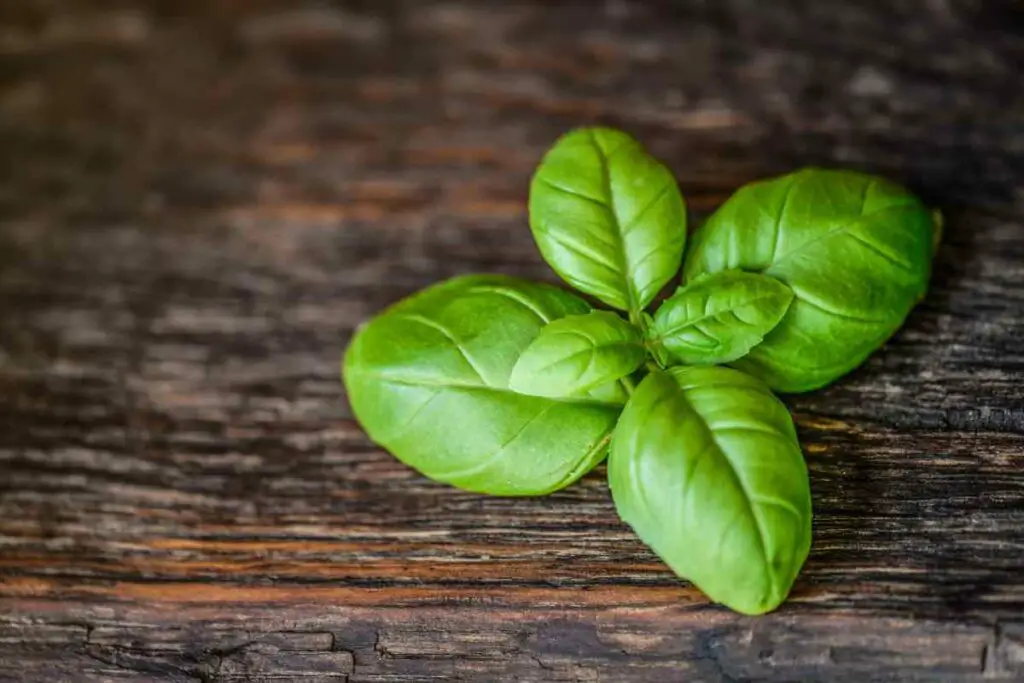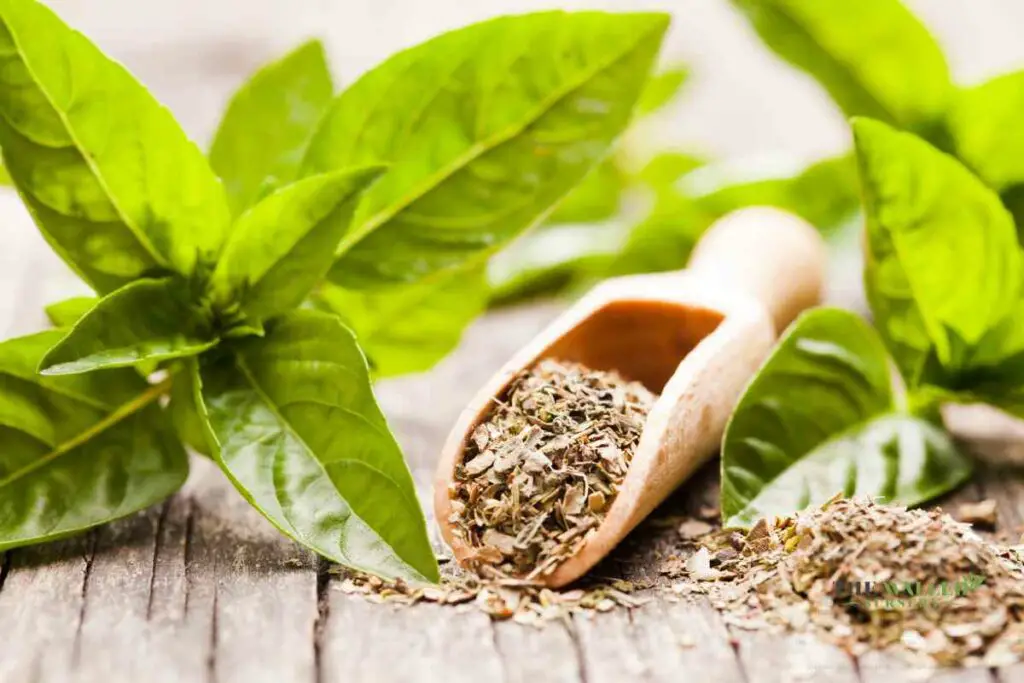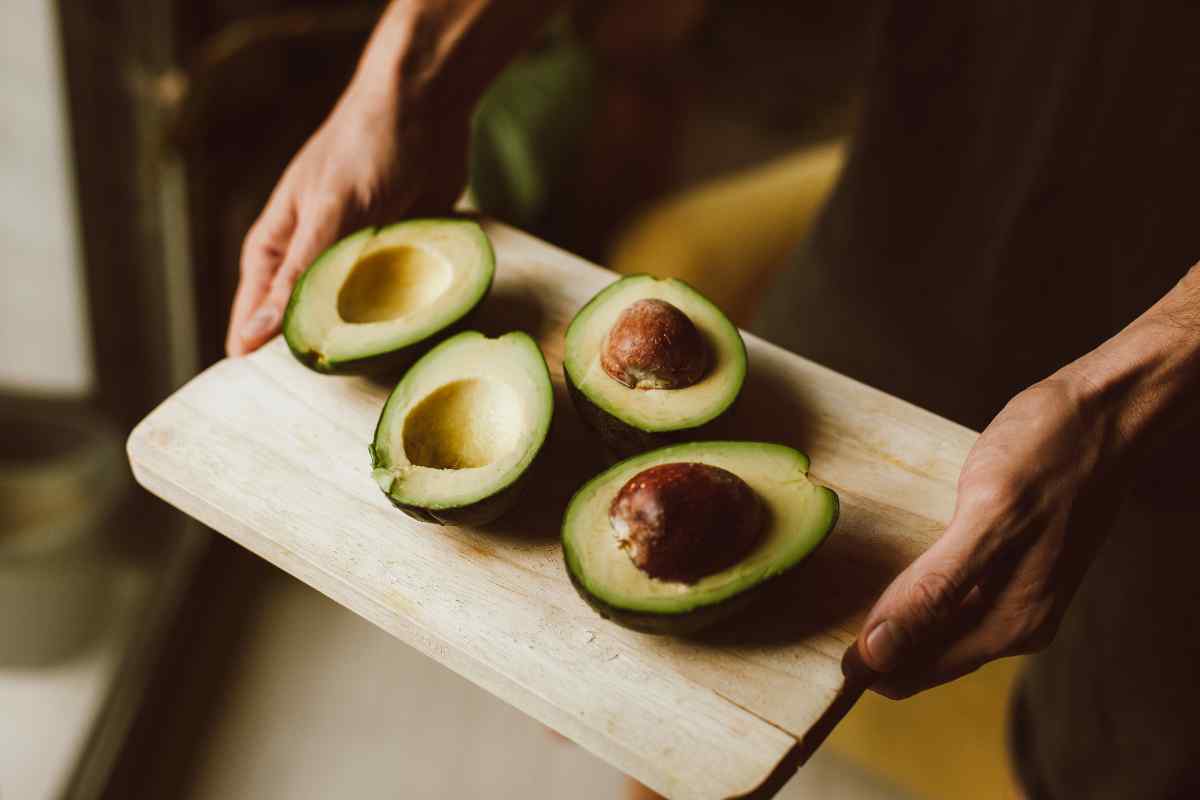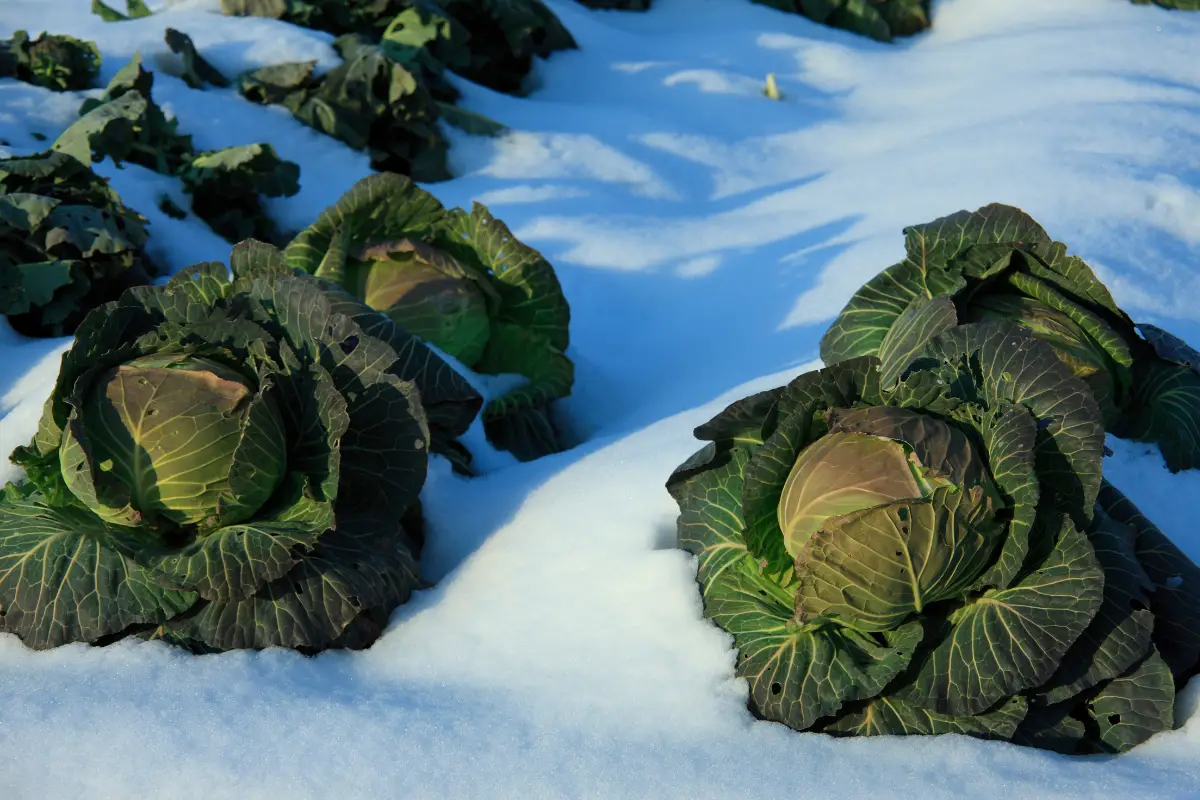Drying herbs is a great way to preserve them for later use. Basil is a particularly popular herb to dry, as it is a staple in many cuisines and has a short growing season. Dried basil can be used in a variety of dishes, including sauces, soups, and stews. In this article, we will discuss how to dry basil leaves so that you can enjoy their flavor all year round.
There are several methods for drying basil leaves, including air-drying, oven-drying, and using a dehydrator. Each method has its own advantages and disadvantages, and the best method for you will depend on your personal preferences and the equipment you have available. We will explore each of these methods in detail, providing step-by-step instructions and tips for success. Whether you are a seasoned herb-drying pro or a beginner just starting out, we have you covered.

Table of Contents
Understanding Basil
Basil is a herb that belongs to the mint family. It is popularly used in cooking, especially in Italian and Thai cuisine. The herb has a sweet and slightly peppery flavor that adds a unique taste to dishes.
Types of Basil
There are several types of basil, each with its own unique flavor and appearance. Some of the most common types of basil include:
- Sweet Basil: This is the most common type of basil and is used in a variety of dishes. It has large, bright green leaves and a sweet flavor.
- Thai Basil: This type of basil has a licorice flavor and is commonly used in Thai cuisine. It has smaller leaves and purple stems.
- Lemon Basil: As the name suggests, this type of basil has a lemony flavor. It is commonly used in teas and desserts.
- Purple Basil: This type of basil has a deep purple color and a slightly spicy flavor. It is a popular decorative herb and is often used in salads.
Benefits of Drying Basil
Drying basil is a great way to preserve the herb for later use. Here are some benefits of drying basil:
- Longer Shelf Life: Dried basil can last for up to a year if stored properly. This means you can enjoy the flavor of basil even when it’s out of season.
- Concentrated Flavor: Dried basil has a more concentrated flavor than fresh basil. This means you can use less of it in your dishes and still get the same great taste.
- Versatility: Dried basil can be used in a variety of dishes, including soups, stews, pasta sauces, and salad dressings. It is also a great addition to marinades for meat or vegetables.
Overall, drying basil is a great way to preserve the herb and enjoy its flavor all year round.
Preparation for Drying
Harvesting Basil Leaves
Before drying basil leaves, we need to harvest them. The best time to harvest basil is in the morning when the oils are at their peak. We can harvest basil leaves at any point in the growing season, but it’s best to do it before the plant flowers.
To harvest basil leaves, we need a pair of sharp scissors or pruning shears. We should cut the stems just above the second set of leaves from the bottom. This encourages the plant to grow bushier and produce more leaves. We should also avoid cutting more than one-third of the plant at a time.
Cleaning and Sorting
After harvesting, we need to clean and sort the basil leaves. We should remove any damaged or discolored leaves, as they can affect the quality of the dried basil. We can also remove any flowers or buds, as they don’t dry well and can turn moldy.
We should then rinse the basil leaves under cold running water to remove any dirt or debris. We should pat them dry with a clean towel or paper towel. We can also use a salad spinner to remove excess water.
Once the basil leaves are clean and dry, we should sort them by size. This helps to ensure that they dry evenly. We should also remove any large stems or tough veins, as they can be tough and bitter after drying.
In summary, harvesting and preparing basil leaves for drying is a simple process that requires a bit of care and attention. By following these steps, we can ensure that our dried basil is of the highest quality and flavor.

Drying Techniques
When it comes to drying basil leaves, there are several techniques you can use. Each method has its own advantages and disadvantages, so it’s important to choose the one that best suits your needs.
Air Drying
Air drying is the most traditional method of drying herbs. It’s simple, requires no special equipment, and is relatively low-cost. To air dry basil leaves, follow these steps:
- Gather the basil leaves in bunches and tie them together at their stems with a rubber band or twist tie.
- Hang the bundles of basil from a hook or wall tack to dry in a warm, dry, and well-ventilated area.
- Leave the basil to dry for about 1-2 weeks or until the leaves are dry and crumbly.
- Once the basil is dry, remove the leaves from the stems and store them in an airtight container.
Oven Drying
Oven drying is a quick and easy way to dry basil leaves. It’s ideal for those who want to dry basil leaves quickly and don’t have a lot of space to hang bunches of herbs. To oven dry basil leaves, follow these steps:
- Preheat the oven to 170 degrees Fahrenheit.
- Place the basil leaves on a baking sheet, making sure not to overlap them.
- Put the baking sheet on the top rack of the oven and bake for approximately 20 minutes.
- Turn off the oven and leave the basil to continue drying overnight.
- Once the basil is dry, remove the leaves from the stems and store them in an airtight container.
Dehydrator Drying
Dehydrator drying is a convenient way to dry basil leaves. It’s ideal for those who have a lot of herbs to dry and want to do it quickly. To dehydrate basil leaves, follow these steps:
- Remove the leaves from the stems and rinse them under cold water.
- Pat the leaves dry thoroughly.
- Place the leaves in a single layer on the dehydrator trays.
- Set the dehydrator to 95 degrees Fahrenheit and let it run for 1-2 hours or until the leaves are dry and crumbly.
- Once the basil is dry, remove the leaves from the trays and store them in an airtight container.
Microwave Drying
Microwave drying is a quick and easy way to dry basil leaves. It’s ideal for those who want to dry basil leaves quickly and don’t have a lot of space to hang bunches of herbs. To microwave dry basil leaves, follow these steps:
- Remove the leaves from the stems and rinse them under cold water.
- Pat the leaves dry thoroughly.
- Place the leaves between two layers of paper towels.
- Microwave on high for 1 minute.
- Check the leaves and continue to microwave in 20-second intervals until the leaves are dry and crumbly.
- Once the basil is dry, remove the leaves from the paper towels and store them in an airtight container.
By using one of these four drying techniques, you can preserve your basil leaves and enjoy their flavor all year round.
Storing Dried Basil
After drying your basil leaves, it’s important to store them properly to maintain their freshness and flavor. In this section, we’ll discuss the best containers and storage conditions for dried basil.
Choosing Containers
When it comes to storing dried basil, it’s important to choose the right container. We recommend using airtight containers made of glass, metal, or plastic. These containers will help keep moisture and air out, which can cause your dried basil to lose flavor and aroma.
Glass containers are a great choice because they are non-reactive and won’t absorb any odors or flavors. Metal containers, such as tin or aluminum, are also a good option because they are sturdy and opaque, which helps protect your dried basil from light. Plastic containers can work as well, but make sure they are made of food-grade plastic and are airtight.
Ideal Storage Conditions
The ideal storage conditions for dried basil are cool, dry, and dark. Heat, humidity, and light can all cause your dried basil to lose flavor and aroma, so it’s important to store it in a cool, dry, and dark place. We recommend storing your dried basil in a pantry or cupboard away from direct sunlight and heat sources.
If you live in a humid climate, consider adding a desiccant packet to your container to help absorb any moisture. You can also add a few grains of rice to your container, which will help absorb any excess moisture.
In conclusion, storing dried basil properly is key to maintaining its freshness and flavor. Choose airtight containers made of glass, metal, or plastic, and store your dried basil in a cool, dry, and dark place away from direct sunlight and heat sources.
Using Dried Basil
Culinary Uses
Dried basil is a versatile herb that can be used in a variety of dishes. Its flavor is more concentrated than fresh basil, so it is important to use it sparingly. We recommend using about 1/3 of the amount of dried basil compared to fresh in recipes. For example, if a recipe calls for 1 tablespoon of fresh basil, use 1 teaspoon of dried basil.
Dried basil works well in soups and stews, pasta sauces, pizza toppings, salad dressings, and marinades for meat or vegetables. It can also be used to add flavor to bread, crackers, and other baked goods.
Rehydrating Basil
If you prefer to use fresh basil, but only have dried basil on hand, you can rehydrate it to bring back some of its original flavor. To rehydrate dried basil, simply soak it in warm water for about 15 minutes. Once it has soaked, drain the water and use the rehydrated basil as you would fresh basil.
It is important to note that rehydrated basil will not have the same texture as fresh basil, so it may not be suitable for all dishes. However, it can be a good alternative when fresh basil is not available.
In summary, dried basil is a great ingredient to have on hand in the kitchen. It is easy to store and can be used in a variety of dishes. By using it sparingly and rehydrating it when necessary, you can enjoy the flavor of basil all year round.













